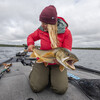
A Complete Guide to Chaga in Ontario
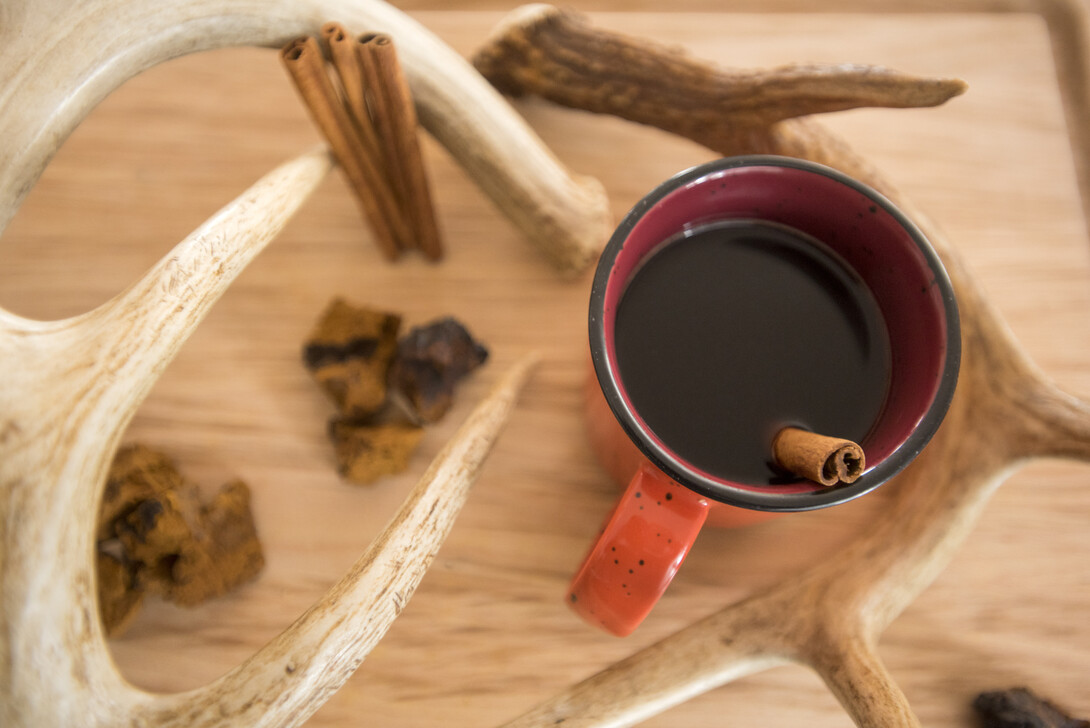
What is Chaga?
If you’ve spent time in the outdoors, you may have heard of chaga tea. It’s the most common use for the chaga mushroom (Inonotus obliquus), known as a “tinder fungus.” The second most common? As its nickname implies, chaga, even when damp, can be used as an effective firestarter.
Which is handy, considering chaga is predominantly found on birch trees. As if the unfortunate classification as a fungus wasn’t deterring enough, it is actually parasitic to the birch and other trees it inhabits.
So why on earth would you want to harvest such a thing? Well, these seemingly negative descriptions may deter some people from giving it a go, but below I’ll list off a few good reasons to try it, and you can decide for yourself.
Why is Chaga Good For You?
Whether you ask hunters or hippies, there are stories of uses, cures, treatments, and radical miracles in all forms when it comes to chaga and its wellness properties. I say hunters and hippies because there isn’t a group of folks further apart, but when it comes to chaga, they both have the same opinion: chaga is forest gold.
Some purported medicinal purposes of chaga include
- Putting your immune system into overdrive
- Liver health improvement
- Reducing inflammation and in turn helping with aches and pains
- Lowers blood sugar
- Energy and focus boosting
Are There Risks to Consuming Chaga?
It is suggested those who suffer from diabetes carefully consume chaga as it does lower blood sugar and can cause issues with insulin intakes. Those on other medications should consult a doctor. And as with anything, moderation is the way to go. Copious amounts of chaga may have toxic effects, but you’d have to drink an extraordinary amount.
It’s suggested to start with one cup of chaga in your favourite mug a day and to drink lots of water with it.
Other Uses for Chaga
As a Firestarter
The spongy orange filling is a unique fire starter, when flaked off in small bits, you can take a flame to it whether it’s dry or damp and it will act as embers. Gather some birch bark and small sticks to place over top and voila, you’ll have a fire to make some tea over in no time.
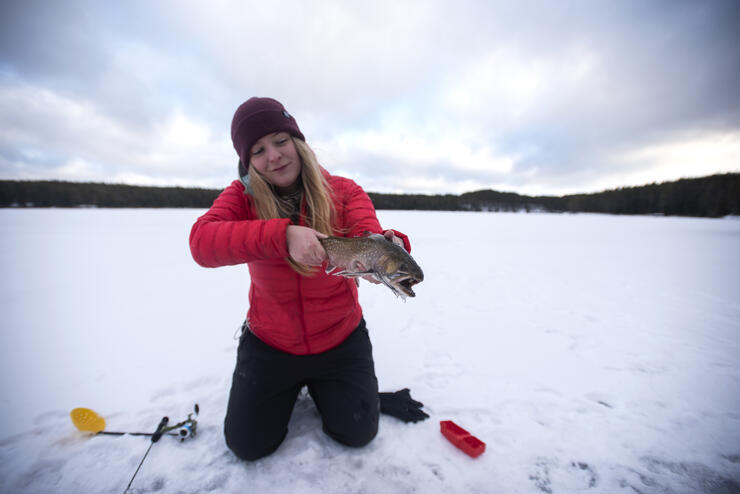
Harvesting Chaga is a Great Form of Exercise
Chaga hunting can be an excellent side activity to your main outdoors fun such as hiking, antler hunting, ice fishing, or just walks in the bush with the family. It’s a great task to assign to children of all ages and an opportunity to educate them on survival and foraging skills.
Where to Find Chaga in Ontario
When you’re searching for chaga, first and foremost, identification is of utmost importance. We all know mushroom species can be deadly if misidentified; thankfully, chaga conks have quite a few tell-tale signs and are very easy to identify.
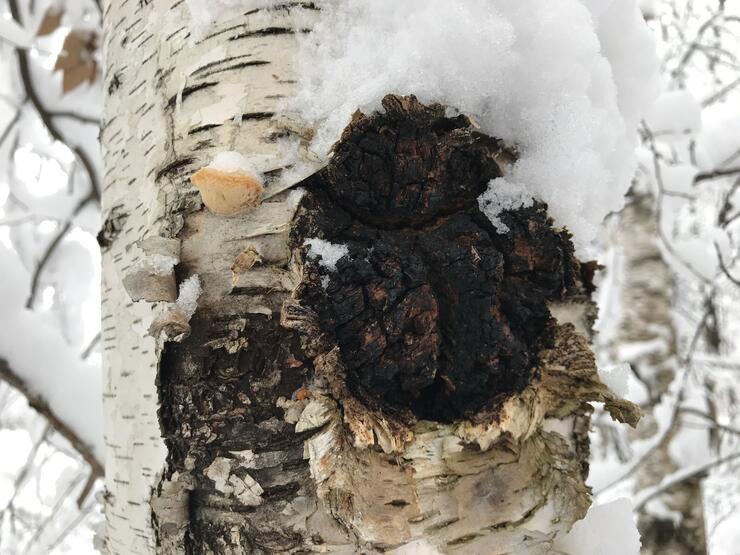
What Does Chaga Look Like?
Found mostly on birch trees, conks of chaga unmistakably look like a chunk of charcoal emerging from the trunk. It does not have a typical “mushroom form” so if you’re seeing disc-like mushrooms on birch trees, that’s not what you’re after.
Chaga conks often have tobacco-like stains running down the bark of the tree below them. The sides of chaga sometimes have a very bright orange shade to them. All ends of the conk are useful and can be harvested; read on to learn more.
- As chaga is a slow-growing fungus, mature trees are naturally more likely to bring you fortune.
- Look for damaged trees, broken branches and sores are where the fungus spores would have entered and grown from.
- Harvestable chaga will be crusty on the outside; leave smaller chunks for the future, medium to large portions are what you’re after.
- Once harvested, the inner orange layers are often spongy, and completely different texture than the blackened outside. This inner layer is the best part for use as a firestarter.
When to Forage for Chaga in Ontario
Now that you know what chaga looks like and where to find it, when is the best time to harvest it?
Opinions vary on this, however, the most common response is to harvest in the fall, specifically after a few evenings of low temperatures.
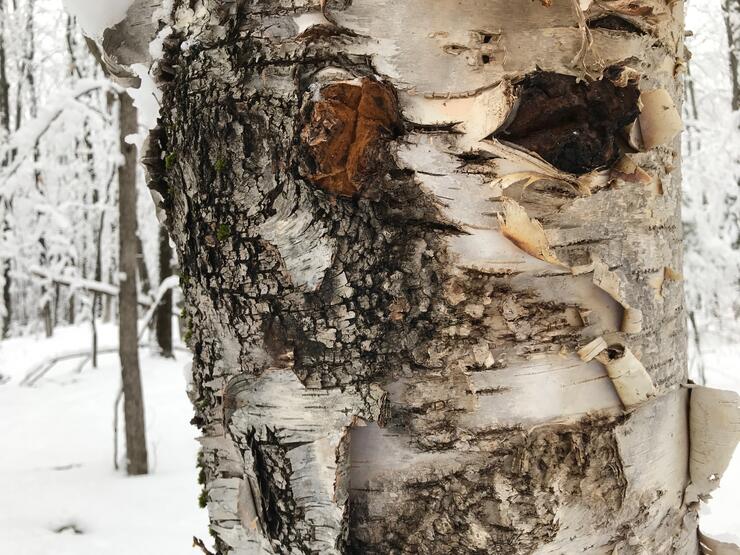
According to those who agree on this, it’s when the trees start to go dormant for the winter and the medicinal properties of the chaga conk are at their peak. I typically harvest chaga all fall and winter–– when tree sap starts running, I’ll put my chaga hunt on hold, by then I have plenty to last me until fall!
How to Harvest Chaga
I use a small blade in a pinch, but if I’m out specifically with chaga in mind, often I’ll bring a small hatchet with me for larger pieces as they’ll take some doing with a small knife. Cut the conk as close to the trunk as possible, you can leave a piece of chaga attached to tree to continue to grow, but remember it is slow growing!
Once you harvest it, you can break off small pieces of the blackened edges for tea right there in the bush, but I prefer to dry mine out in chunks for a few weeks before I brew anything.
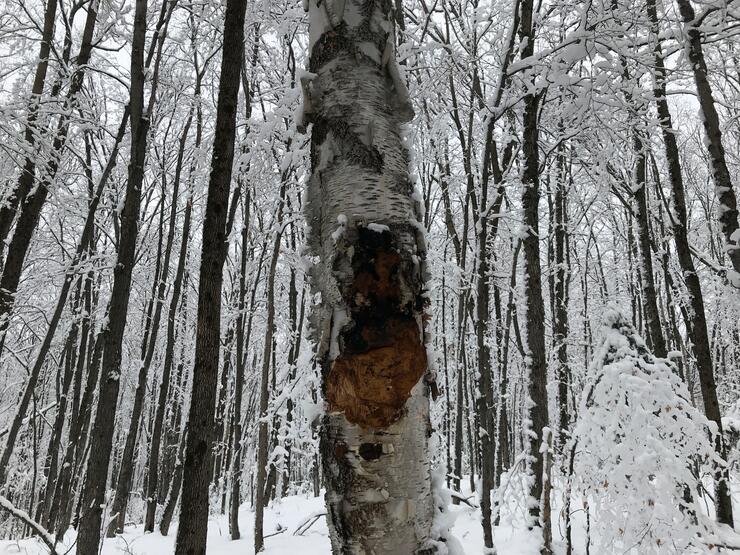
For tea brewing purposes, chaga may not be as “potent” in the summer, however its fire-starting qualities are consistent year-round.
Recipes for Chaga
Classic Chaga Tea with a Small Twist
If you aren’t a fan of cinnamon, have no fear—just use these directions and forego adding the cinnamon sticks to get classic chaga tea.
In a large stockpot:
- fill 3/4 of the way with water
- add a small 1x1” dried chunk of chaga. One chunk will go a long, long way, and you needn’t go through your entire stash of chaga.
- Add two small cinnamon sticks.
I like my chaga with the same boldness in colour as my coffee, so I will brew this for close to three hours on simmer. I’ve been told lightly brewed chaga, about the shade of Earl Grey, tastes similar to vanilla.
When your brew is finished, allow it to cool, strain as necessary and pour it into containers to store in the fridge. I use thermoses or wine bottles if I’m in a pinch!
Feel a cold coming on?
Use chaga you’ve already brewed or follow the above directions to brew classic chaga tea, and replace cinnamon sticks with 4-5 leaves of fresh mint.
Chaga’s most common superpower is putting your immune system into overdrive. Start your sniffly day off with a hot cup of minty chaga—you’ll have a clear throat with a pleasant aftertaste, and breath!
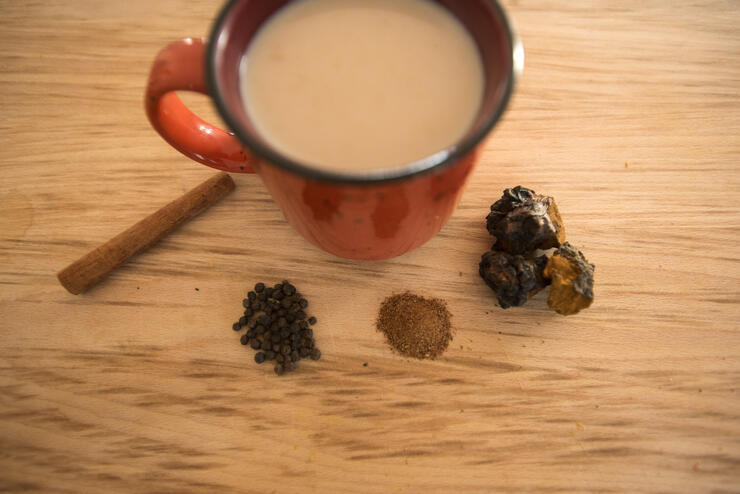
Chaga Chai Latte
Any chai lovers out there are bound to adore this recipe.
For two cups (or one large coffee mug)
- Brew or reheat previously brewed chaga thats been stored properly (refrigerated)
- Two cloves
- One cinnamon stick
- Three peppercorns
- Single slice of ginger
- Sprinkle of nutmeg
- Maple syrup or honey for sweetness if wanted
Simmer these ingredients for 5 minutes. Add 1/2 to 1 cup of milk depending on preference, simmer additional 5 minutes. Serve hot!
If you try the chaga chai latte and are still a skeptic of its name and reputation, I can’t help you any further. As a devout mushroom loather, I can’t say how much this fungus has surprised me in its taste and uses. Whether I feel a cold coming on, need focus to get a big project done, or just need a boost of energy, I brew some chaga and get busy.
Recommended Articles

A Toast to the North

Highway to Health
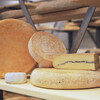
Artisanal cheese of the North

This Food Looks Good

Radical Gardens

6 local ingredients to discover in the north


